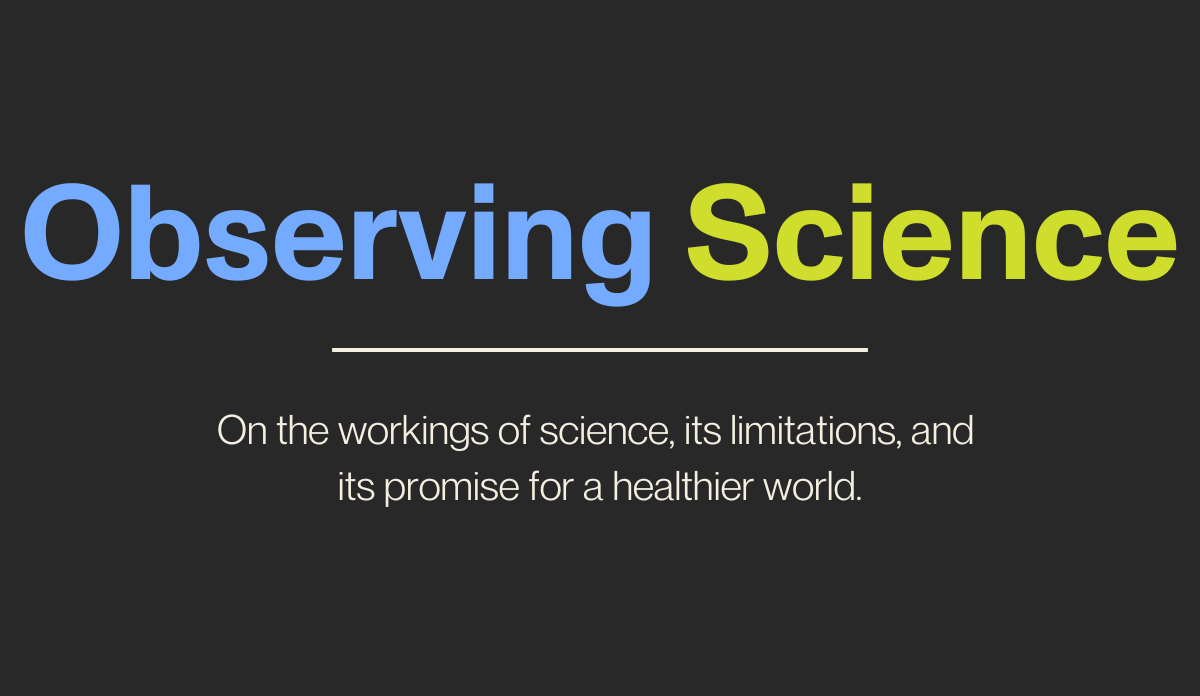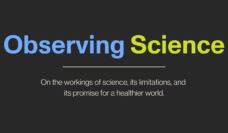There is abundant evidence both that having diverse teams increases creativity and productivity, and that science is not as diverse as it could and should be. Much like many endeavors that have been the province of the privileged, science has long been overrepresented with persons from majority groups, and from higher socioeconomic classes. In some respect, science is what you can do if you can afford to spend the years in a lengthy (and often expensive) education, and then engage in a field that probably does not remunerate you as much as other fields might if one applied the same aptitude and education. This has created problematic lack of diversity and of representation among scientists, and almost certainly science has suffered as a result.
The good news is that the lack of diversity among scientists has been amply noted in the past decade and substantial efforts are underway to diversify fields, to ensure that persons engaged represent much better the societies within which science operates. We are optimistic that we are headed in the right direction.
However, these efforts at diversifying science have been largely focused on ensuring that science is done by, engages, persons of all genders, of different races, identities. While this is indeed a long-awaited positive, this diversity—apart from its representational benefits—will only fully realize the promise of diverse persons working together to be greater than the sum of their parts if these persons are diverse not only in identity, but also in sociological perspective. Fundamentally, we want to make sure that science includes scientists who bring to the discussion table ideas that are meaningfully different from one another rather than minor variations on a theme. Science thrives with cognitive and conceptual multiplicity. A diverse set of ideas or solutions can mitigate the reductive leanings of group-think wherein a few influential people narrow how we see the world.
The short-hand assumption has been for a long time that diversity of identities brings diversity of perspectives. And, of course, that is in part true. But how true is it?
Data are very clear that scientists, particularly those working in academic centers, are quite homogenous in their backgrounds. And while we are becoming better at bringing diverse identities into science, the paths that lead to science remain ones marked by privilege in the main, creating space for persons who have come to perceive the same challenges (or lack thereof) in the world. This was perhaps made clear during the COVID-19 pandemic when scientists urged working from home (entirely possible for most scientists), only to be met with skepticism from a public for whom working from home was not remotely possible. Science saw a “solution” to limiting pandemic spread. That “solution” was not anchored in the reality—the values, preferences, knowledge of plausible day-to-day alternatives—of those who were not represented in and by science.
This suggests that the problems of diversity in science run deeper than identity, and that while we are making progress on the latter, we have much more progress to make on the diversity of perspectives. Can science make way for those who come from genuinely different perspectives? Can paths be created for those who have life experience that is well outside the sociocultural bounds of most of today’s scientists? Only then, it seems to us, will science truly diversify, exploring new ideas for new gains, achieving the potential that diversity holds.
Previous Issue: Game Changers
In Next Week’s Issue: Authority
Sign up for Observing Science
A weekly newsletter on science and creating a healthier world














